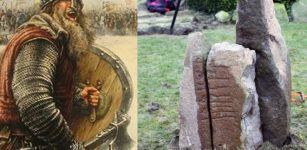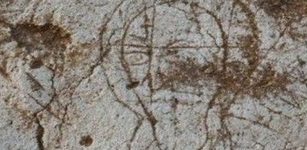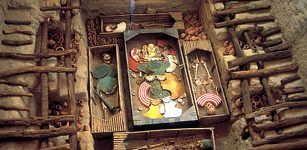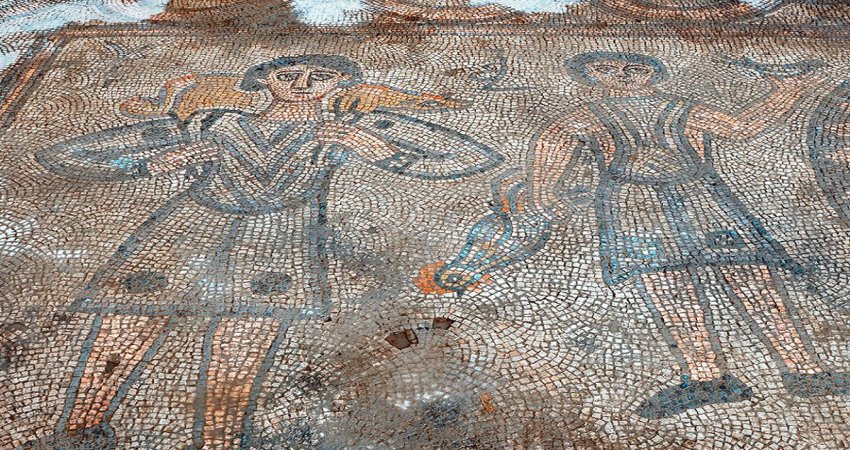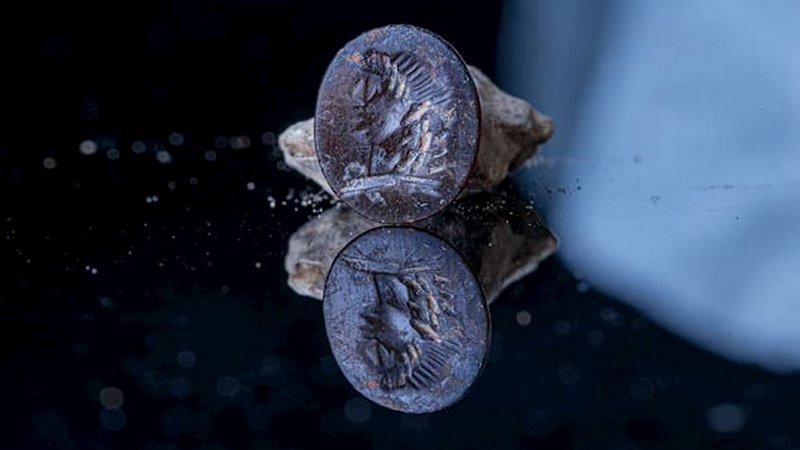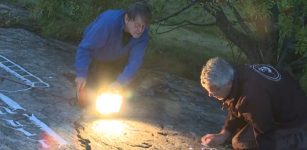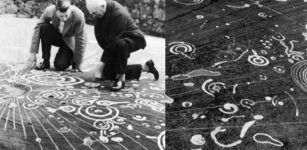Did Climate Change Cause The Unexplained Disappearance Of Ancient Pueblo People Of Colorado?
MessageToEagle.com – Many researchers have tried to solve the mysterious and unexplained disappearance of ancient Pueblo people of Colorado. In south-west America, there are remains of the dwellings that once belonged to the Anasazi people, a civilization that arose as early as 1500 BC.
Archaeological excavations of the ancient sites indicate the inhabitants had just fled. Numerous human remains of some desiccated bodies suggest that some kind of massacre had taken place at the site or some environmental factors were a more likely cause of abandonment.
By analyzing data from over 1,000 southwest archaeological sites and nearly 30,000 tree-ring dates that served as indicators of rainfall, heat and time, researchers from the Washington State University now suggest it is highly possible climate changes caused the disappearance of ancient Pueblo people.
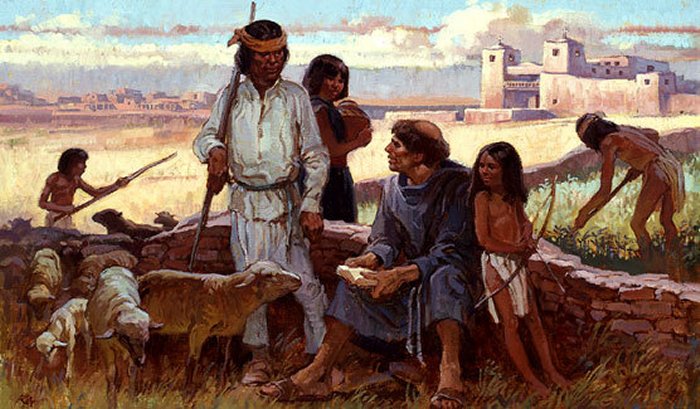
The researchers have documented recurring narratives in which the ancient Pueblo people agreed on canons of ritual, behavior and belief that quickly dissolved as climate change hurt crops and precipitated social turmoil and violence.
“The process of releasing one’s self from those canons, the process of breaking that down, can occur very quickly and occurred very quickly four times in the Pueblo past,” said Kyle Bocinsky, a WSU adjunct faculty member in anthropology and director of sponsored projects for the Crow Canyon Archaeological Center in Cortez, Colorado.
See also:
The ‘Anasazi’ Mystery: Sophisticated Civilization That Disappeared
Ancient Ruins Of Hovenweep: Impressive Puebloan Masonry
Sophisticated Masonry In Anasazi Dwelling Ruins At Mesa Verde National Park, Colorado, USA
This is particularly important as droughts of just five or ten years were enough to prompt major shifts in the small niches where Pueblo people grew maize, their major crop.
The niches, said Kohler, were “woven together with a web of ceremony and ritual that required belief in the supernatural” to ensure plentiful rain and good crops. When rains failed to appear, he said, the rituals were delegitimized.
The researchers said the first period of exploitation, known as Basketmaker III, took place between 600 and 700 A.D. It ended with a mild drought and was followed by a period known as Pueblo I, in which the practice of storing maize in underground chambers gave way to storage in rooms above ground.
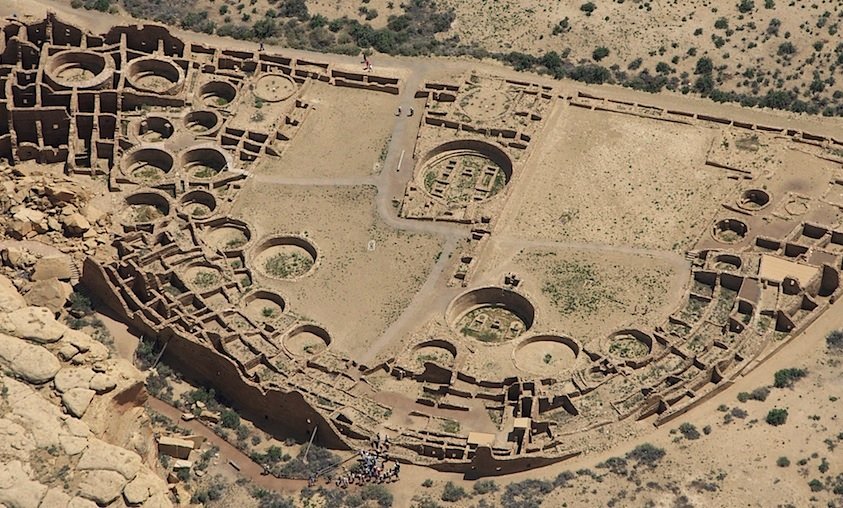
The researchers think this represents a shift from unrestricted sharing of food to more restricted exchanges controlled by households or family groups. The period ended around 890 with a slightly larger drought.
The exploitation phase of the Pueblo II period ran from 1035 to 1145 and was marked by large shared plazas and great houses. These buildings are today known as McMansions in the Chaco Canyon area south of Mesa Verde, Colorado.
When people noticed there was no point in staying any longer due to the climate change, they simply left their homes and lands.
MessageToEagle.com
Expand for referencesReferences:

